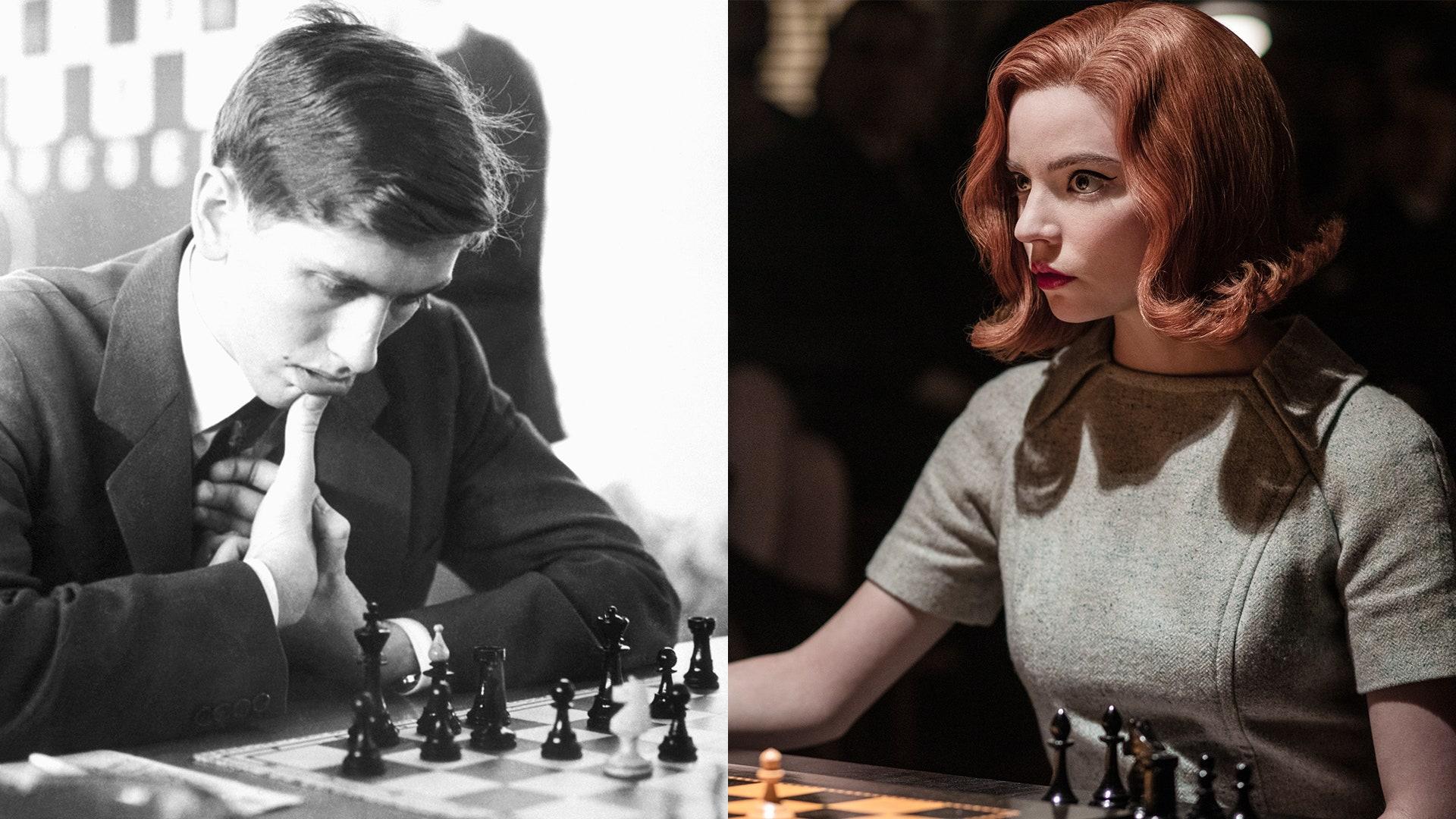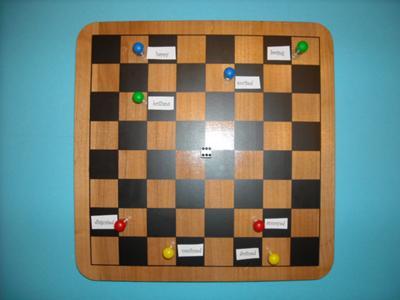In the critically acclaimed miniseries “The Queen’s Gambit,” addiction emerges as a central theme that intricately weaves through the narrative, reflecting both the personal struggles and triumphs of its protagonist, chess/” title=”Why The Queen’s Gambit Captivated the World With Chess”>Beth Harmon. Set against the backdrop of the Cold War era, the series not only delves into the competitive world of chess but also offers a profound exploration of the psychological and emotional complexities of addiction. This analytical article seeks to unravel how “The Queen’s Gambit” portrays addiction as a multifaceted force that influences Beth’s journey, examining the nuanced ways in which her dependencies on tranquilizers and alcohol intersect with her genius and ambition. By dissecting the portrayal of addiction in the series, this piece aims to provide a deeper understanding of how these elements contribute to the narrative’s tension and character development, offering insights into the broader implications of addiction in shaping human experience.
Addiction as a Double-Edged Sword in Beth Harmons Journey
Beth Harmon’s journey through the series is marked by a complex relationship with addiction, which acts as both a hindrance and a catalyst in her life. On one hand, her reliance on tranquilizers and alcohol highlights the destructive potential of addiction. These substances initially provide her with a sense of calm and focus, yet they soon become crutches that threaten to derail her burgeoning chess career. The series illustrates how addiction can undermine personal achievements, as Beth’s growing dependence leads to erratic behavior and strained relationships.
On the other hand, addiction also serves as a strange source of creativity and insight for Beth. The heightened states she experiences under the influence seem to unlock parts of her mind, allowing her to visualize chess moves with extraordinary clarity. This duality is what makes addiction a double-edged sword in her journey. It is a source of both empowerment and vulnerability, compelling her to confront her inner demons while simultaneously fueling her genius. Key moments in the series underscore this paradox, as Beth’s victories are often tinged with the shadow of her substance abuse.
- Empowerment and vulnerability: Addiction fuels her genius but also exposes her weaknesses.
- Creative insight: Substances unlock her mind’s potential, enhancing her strategic prowess.
- Destructive potential: Dependency risks undermining her achievements and personal relationships.
Psychological and Emotional Triggers of Substance Dependence
In The Queen’s Gambit, the intricate portrayal of Beth Harmon’s journey through addiction serves as a poignant illustration of the psychological and emotional catalysts that can lead to substance dependence. Beth’s past is marked by trauma and loss, which are pivotal in her gravitation towards tranquilizers and alcohol. Her dependency is not merely a byproduct of her environment but is deeply intertwined with her internal struggles and the overwhelming pressure to excel in the male-dominated world of competitive chess.
- Trauma and Loss: Beth’s early experiences, including the death of her mother and her subsequent orphaning, create a void that she attempts to fill with substances.
- Isolation: Despite her prodigious talent, Beth often finds herself isolated, both socially and emotionally, which exacerbates her reliance on drugs as a means of escape.
- Performance Pressure: The relentless pursuit of perfection and the intense scrutiny from the chess community contribute to her anxiety, making substances an alluring coping mechanism.
These triggers are expertly woven into the narrative, highlighting how emotional vulnerabilities can manifest into destructive habits, while also emphasizing the complex interplay between personal trauma and addiction.

Analyzing the Role of Chess as a Coping Mechanism
In “The Queen’s Gambit,” chess emerges as a profound coping mechanism for the protagonist, Beth Harmon, who battles a myriad of personal demons. Chess becomes a sanctuary for Beth, a structured escape from the chaos of her reality, offering her a sense of control and mastery. The game is not just a distraction but a vital part of her identity, helping her navigate through addiction and loss. As she delves deeper into the world of chess, it serves as both a refuge and a battleground where she confronts her internal struggles.
Several factors contribute to chess’s role as a coping mechanism for Beth:
- Focus and Mindfulness: The game demands intense concentration, allowing Beth to channel her energy into something positive.
- Intellectual Stimulation: Chess provides a continuous challenge, engaging her mind and diverting attention from her addictive tendencies.
- Community and Belonging: Through chess tournaments, Beth finds a community that shares her passion, reducing feelings of isolation.
- Achievement and Self-Worth: Success in chess reinforces her self-esteem, offering validation that counteracts her personal insecurities.
Ultimately, chess acts as a dual-edged sword for Beth, offering solace while also highlighting the intense pressures she faces, illustrating the complex interplay between her coping mechanisms and her vulnerabilities.

Strategies for Depicting Addiction with Sensitivity and Depth
In portraying addiction with authenticity and nuance, The Queen’s Gambit utilizes several effective strategies that offer viewers a profound understanding of the protagonist’s struggles. One of the primary approaches is the integration of visual storytelling. Through carefully crafted cinematography, the series communicates Beth Harmon’s internal battles without relying heavily on dialogue. The use of dim lighting, distorted reflections, and strategic camera angles reflects her inner turmoil and the seductive allure of her addiction, effectively immersing the audience in her perspective.
Additionally, the narrative employs character development to explore the complexities of addiction. Beth is depicted not just as a chess prodigy, but as a deeply flawed individual whose vulnerabilities are intertwined with her genius. By weaving her personal history, including her childhood traumas and relationships, into the storyline, the series paints a multi-dimensional portrait of her addiction. This approach invites viewers to empathize with her, understanding her addiction as part of a broader psychological and emotional landscape. The careful balance between her moments of triumph and relapse highlights the ongoing nature of her struggle, making her journey relatable and poignant.
- Visual storytelling: Uses lighting and camera work to convey internal conflict.
- Character development: Explores addiction as part of a complex personal history.
